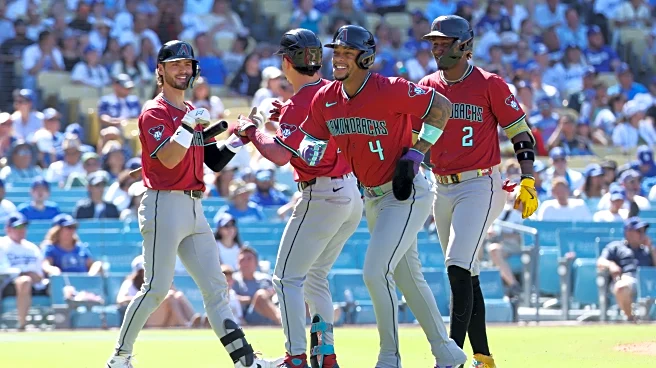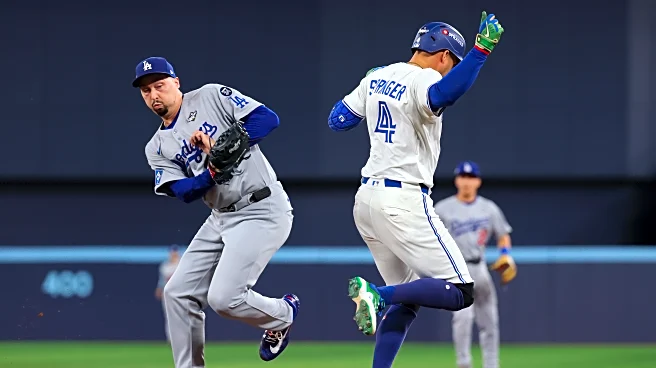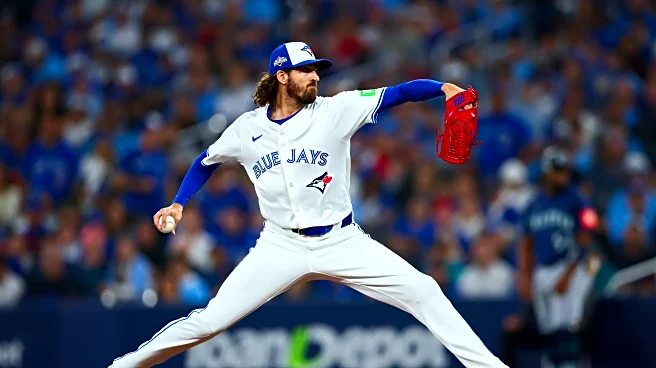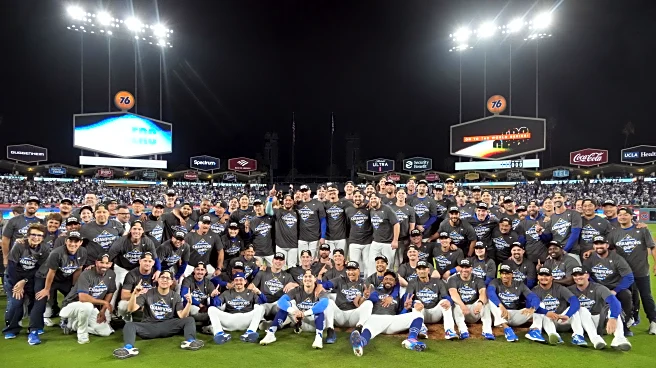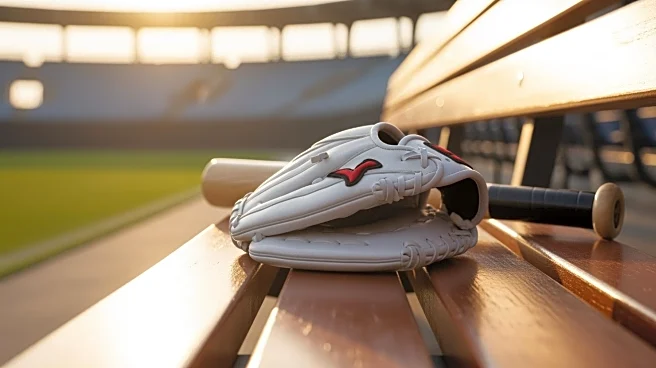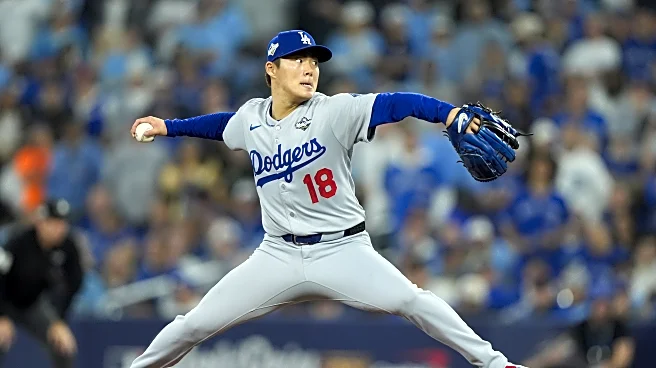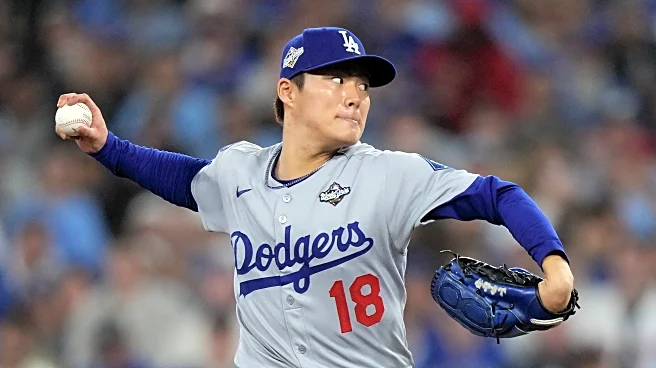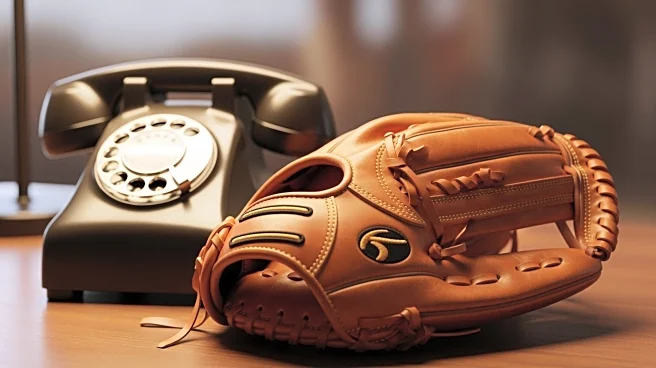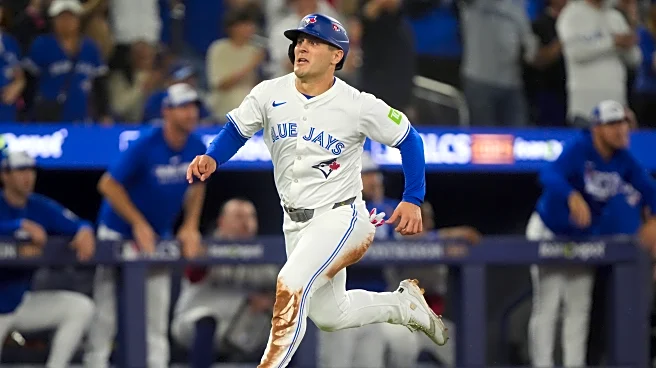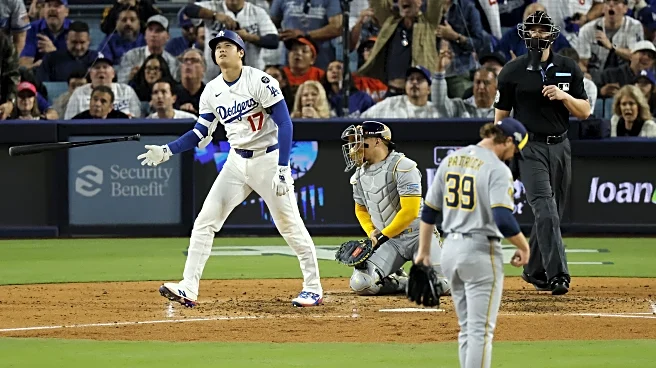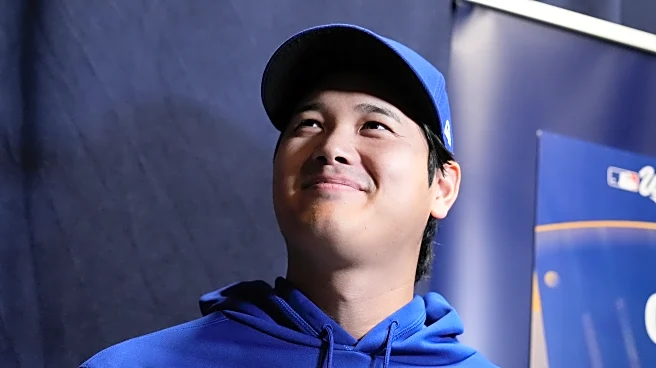Introduction
I’ll be frank – this wasn’t the World Series matchup I was hoping to see when the playoffs began. I feel confident that I’m not alone in that feeling, especially within this fanbase. Personally, I would
have preferred a Mariners-Brewers World Series and the level of disappointment and disillusionment here in Milwaukee is palpable. There was a certain level of hope and magic surrounding a team that has been chronically underestimated for the better part of the last decade. But outside of my own personal feelings on the matchup, I can’t remember if I’ve witnessed a similar output of thought pieces about a specific baseball team in my lifetime than I have over the last week about the Dodgers. From Jeff Passan to the lowliest Redditor, it seems as if everyone has their own personal feelings and hypotheses on why the Dodgers are ruining baseball, are an unstoppable juggernaut, or are single-handedly going to cause a lockout in 2027. I won’t try to pretend that the Dodgers’ profligate spending is necessarily a healthy thing for baseball by any means. They’re an easy villain: they collect MVPs like they’re Ash Ketchum, they spend like Scrooge McDuck, and they have a chance to be the first repeat champions in the sport in a quarter century. But I think it’s beyond hyperbolic to suggest that the Dodgers are breaking baseball – even if it feels like it sometimes.
Parity
Fundamentally, the question at the heart of these thought pieces centers on what makes for a fair or equitable league with parity across the teams? I know it might seem pedantic, but before we discuss or answer that question, we have to define what we mean by parity. Sadly, no matter what the league institutes, there will always be some level of inequity between teams. But there’s also plenty of evidence to suggest that the league already exhibits some levels of parity. From the aforementioned fact that there hasn’t been a repeat champion in a quarter century to the thrilling improvement of the Blue Jays from last place in the AL East last season to a divisional and pennant champion this season. None of the capped sports can claim the former as all three have had multiple repeat champions in the same span and the number of worst-to-first teams are substantially more limited in those sports.
Salary Cap
I’ll admit that I’m particularly biased when it comes to the idea of instituting a salary cap. In the same way that the Dodgers themselves are easy villains, team owners inhabit a similar den of villainy. Many of them are multimillionaires if not billionaires and can expect massive payouts if and when they decide to sell the team to another fabulously wealthy individual or family. But while affordability with attendance concerns from fans continue to be an issue across the league, these same modern robber barons insist on receiving hundreds of millions of dollars from the public to improve their stadiums by holding their teams hostage to moving to a new location. So why then should we expect these same businesspeople to not use the salary cap as another impediment to spending in free agency? A salary cap could simply be a way to minimize costs for owners while doing little to improve equity or parity in the game. My parents recently sent me this Bleacher Report article that includes the following table. While the topline numbers of payrolls might first grab your attention, I think the percentage of revenue each team spends on payroll is actually the more interesting metric. What if instead of instituting a salary cap, there was a rule mandating the percentage of the team’s revenue can be spent on things other than payroll?

Conclusion
So where does this leave the D-Backs? Well, Ken Kendrick has already signaled the team plans to cut payroll for next season while staying competitive ahead of CBA negotiations next offseason. What that balance actually might look like is obviously up in the air, but it’s equally clear that the D-Backs won’t be playing in the top end of the free agent market as they surprisingly did last offseason with the Corbin Burnes’ signing. Instead, I guess the front office and Kendrick will lean on their own big three (Perdomo, Carroll, and Marte) along with recovering pitchers and recently-acquired players graduating to the big leagues in order to genuinely compete next season. It should make for an interesting offseason that I’m sure will provoke even more thought pieces from nearly everyone.
